Strategies for engaging men in HIV services
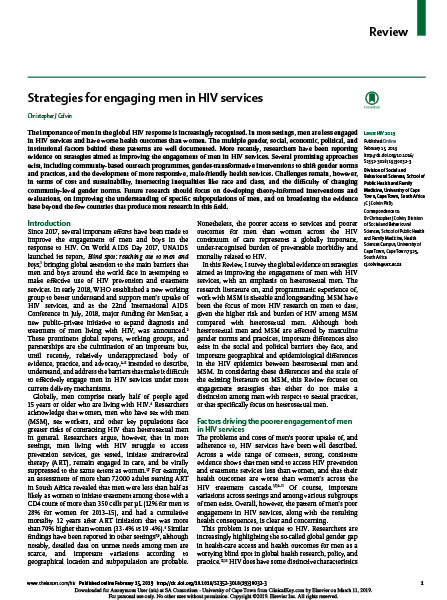
The importance of men in the global HIV response is increasingly recognised. In most settings, men are less engaged in HIV services and have worse health outcomes than women. The multiple gender, social, economic, political, and institutional factors behind these patterns are well documented. More recently, researchers have been reporting evidence on strategies aimed at […]
Burundi Plan Operationnel d’Integration de la Circoncision Masculine dans le Paquet des Services Offerts dans les Structures des Soins
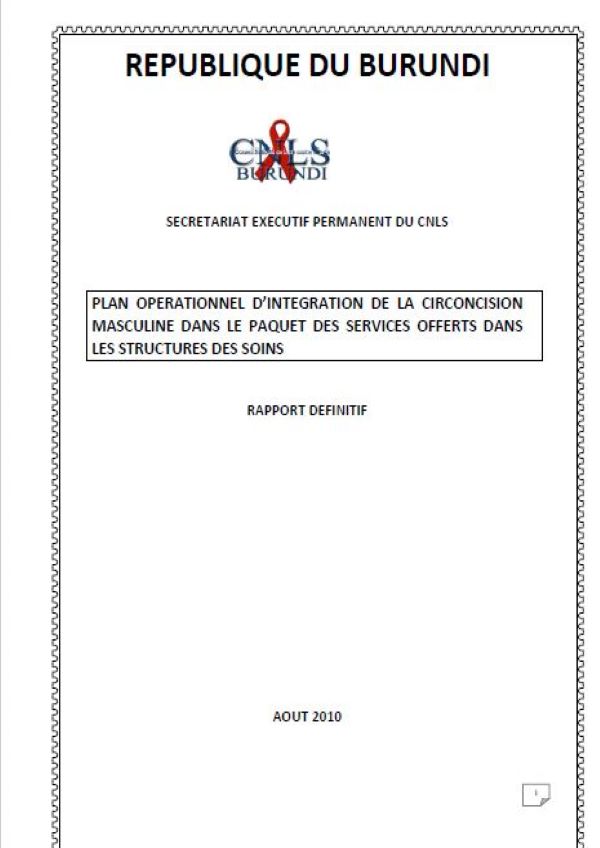
The 2010-2015 operational plan for integrating male circumcision into the package of services offered at health facilities in Burundi includes information on the objectives of service integration, the target population, service delivery strategies, programme reach, communication activities, human resource development, advocacy, quality assurance, service availability, follow-up evaluation, supply chain management, programme coordination and management, and […]
Kenya National Voluntary Medical Male Circumcision Strategy, Second Edition, 2014/15 – 2018/19
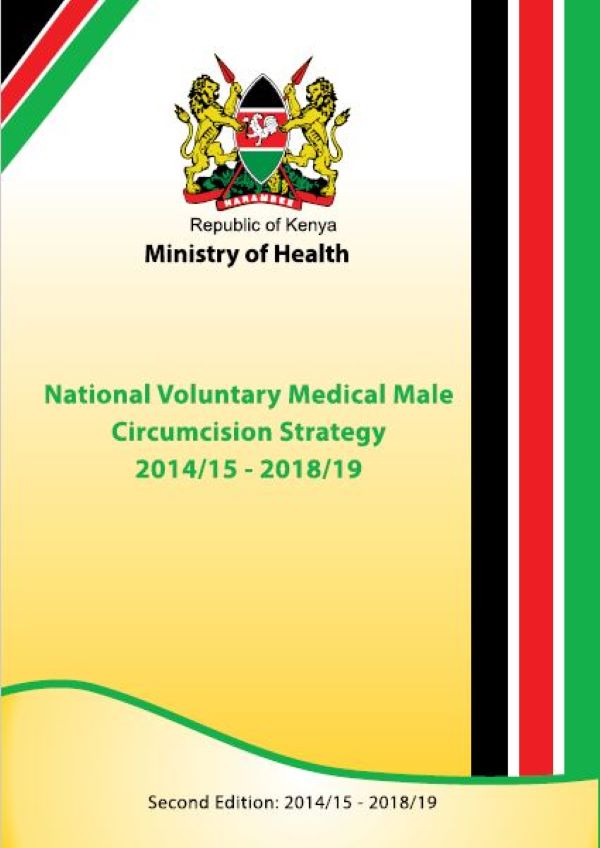
The national strategy and operational plan for the second phase of Kenya’s voluntary medical male circumcision program incorporates lessons from the first phase of implementation and recommendations from studies conducted in Kenya. It also addresses emerging issues and opportunities for scale-up of VMMC services, including the introduction of WHO pre-qualified male circumcision devices and early […]
Swaziland Policy on Safe Male Circumcision for HIV Prevention
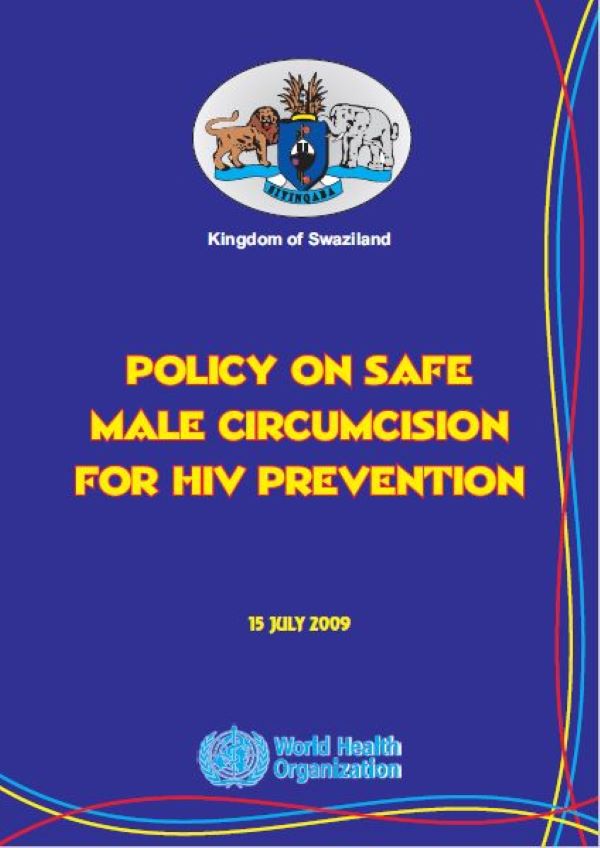
The Government of the Kingdom of Swaziland developed this policy on male circumcision and HIV prevention to provide a framework to guide the provision of safe, accessible, and sustainable male circumcision services. This policy shall be implemented in the context of the National Health Policy and the National Multisectoral HIV and AIDS Policy and Strategy, […]
Uganda Safe Male Circumcision Policy
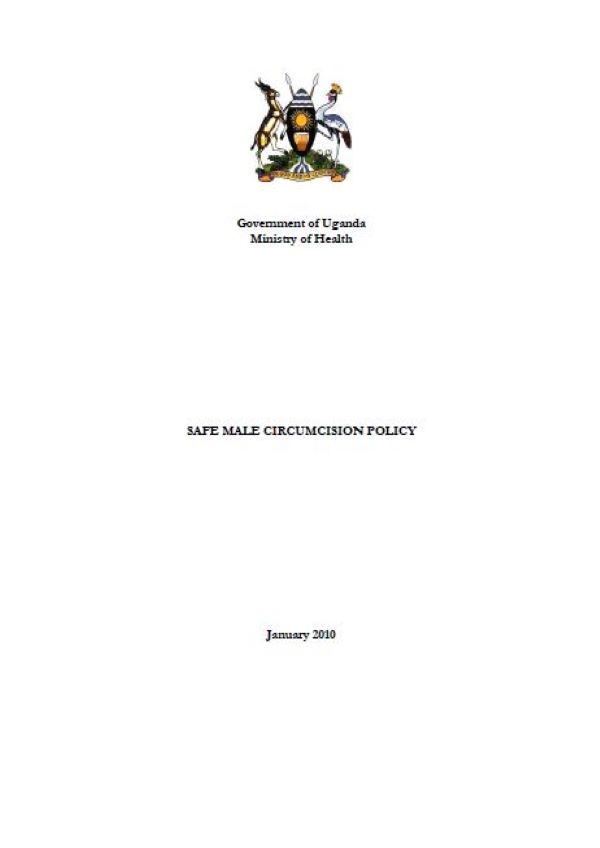
Uganda’s Safe Male Circumcision Policy was developed through participatory and consultative processes and was informed by the draft National Health Policy and the 2008/2012 National HIV/AIDS Strategic Plan. This policy provides a framework for increasing access to and use of safe and sustainable male circumcision services as an integral part of the national HIV prevention […]
Zambian National Male Circumcision Strategy and Implementation Plan, 2010 – 2020
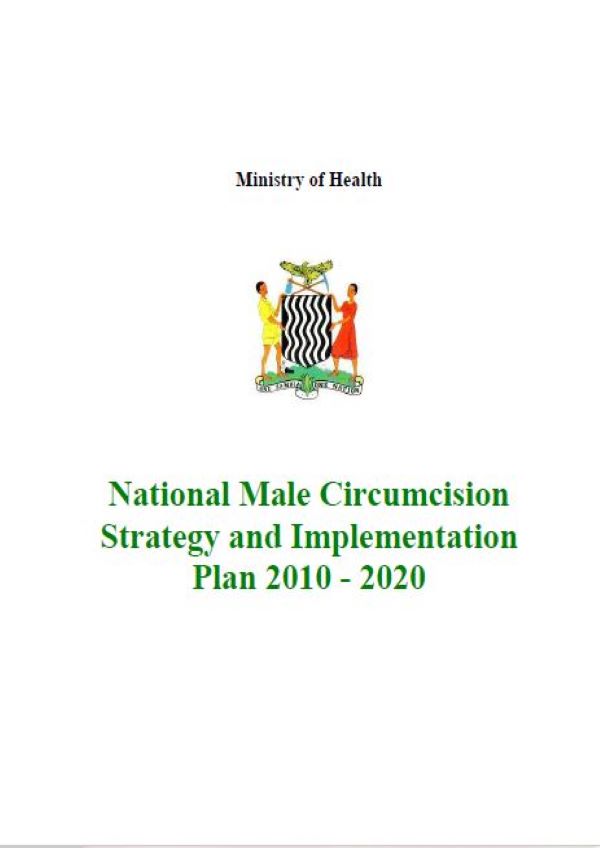
The goal of the National Male Circumcision Strategy and Implementation Plan is to make high-quality, safe male circumcision services accessible and available to all men and boys on a voluntary basis, achieving a male circumcision prevalence of 50 percent by 2020. To maximize the public health benefit in regard to HIV prevention, the plan aims […]
Botswana Safe Male Circumcision Additional Strategy for HIV Prevention

The Botswana National Safe Male Circumcision Strategy is a part of the country’s national HIV prevention strategy. Designed to increase the prevalence of male circumcision from 20 percent to 80 percent, it addresses the rationale for safe male circumcision, opportunities, challenges, guiding principles, objectives, implementation modalities, and financing the scale-up of male circumcision.
Safe, Voluntary, Informed Male Circumcision and Comprehensive HIV Prevention Programming: Guidance for Decision-makers on Human Rights, Ethical and Legal Considerations
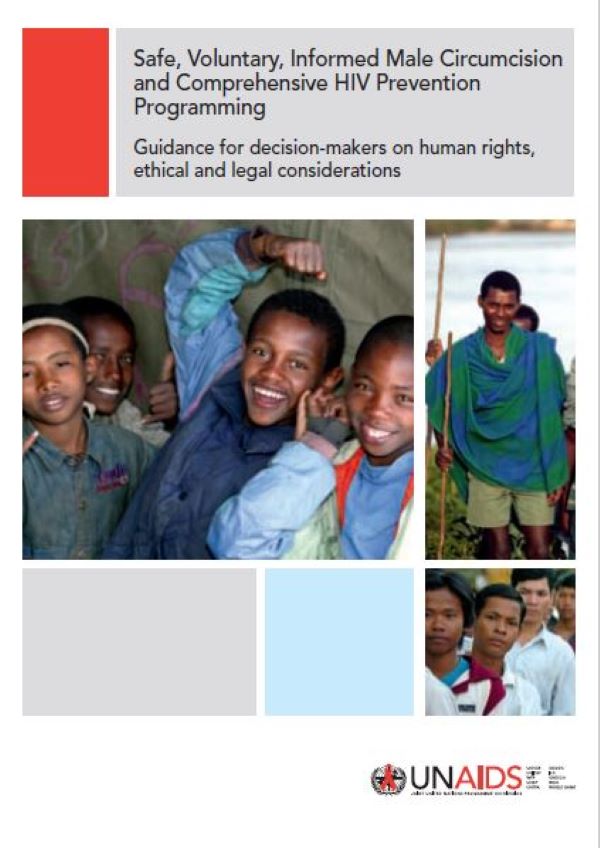
UNAIDS provides guidance for decision-makers and program planners on the human rights, legal, and ethical issues they may need to consider when they are deciding whether or not to initiate or expand voluntary medical male circumcision (VMMC) services and for service providers on their ethical and legal duties when offering or performing the procedure.
A Framework for Voluntary Medical Male Circumcision: Effective HIV Prevention and a Gateway to Improved Adolescent Boys’ and Men’s Health in Eastern and Southern Africa by 2021 (VMMC 2021)
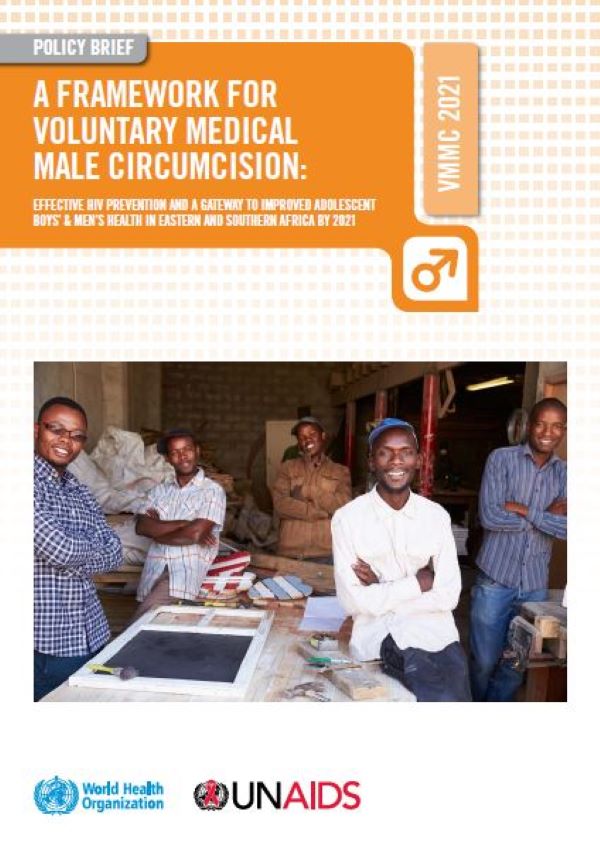
This document provides strategic direction on accelerating access to voluntary medical male circumcision (VMMC) for HIV prevention through 2021. Its title reflects a new emphasis on using VMMC as an entry point for a broader range of health services to improve the well-being of adolescent boys and young men.


